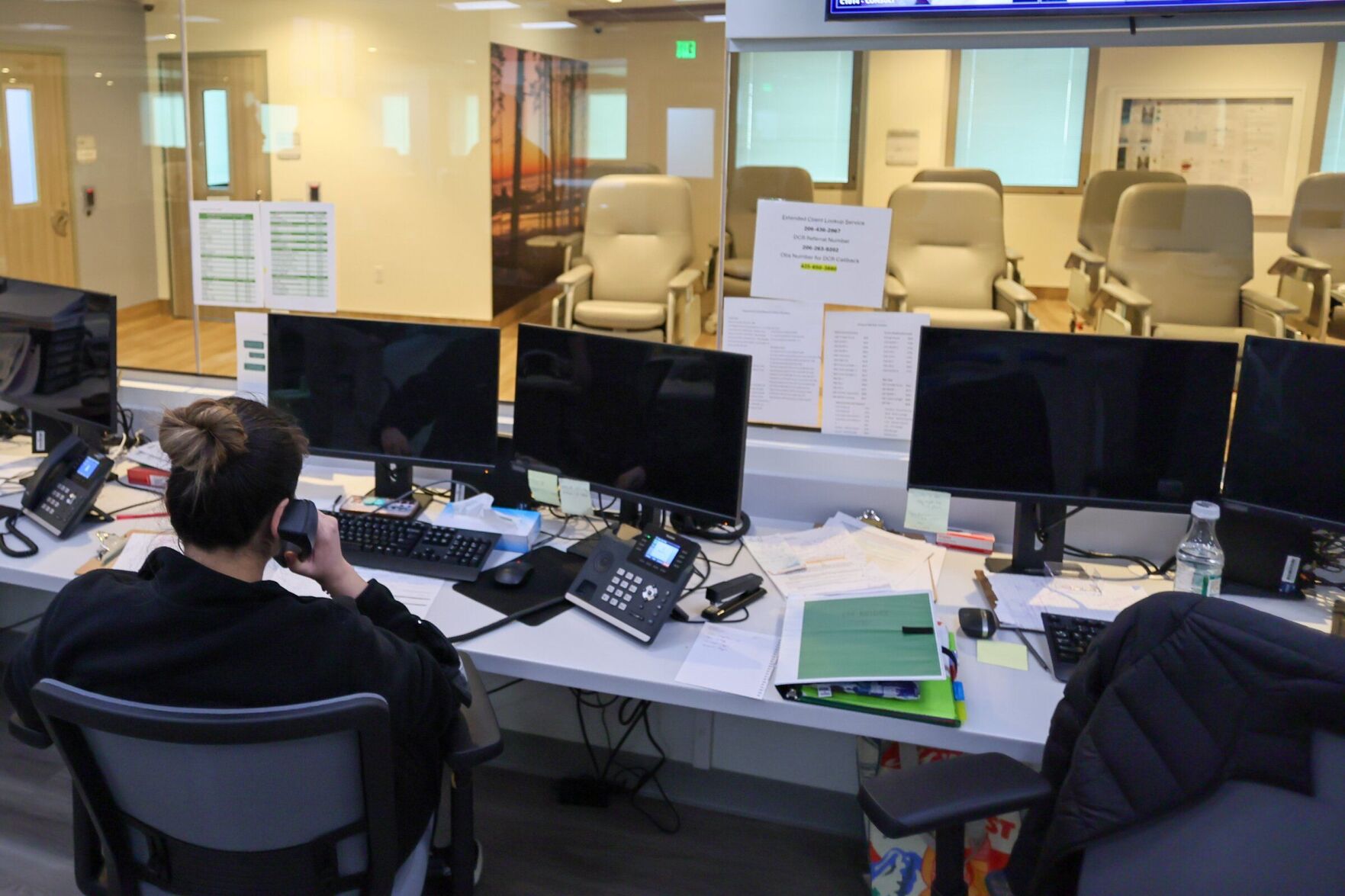HSBC analysts are expressing skepticism about the profitability of robotaxis, cautioning that hidden costs could delay returns for years. Despite the rapid development by companies like Tesla and Waymo, the market for driverless taxis may be widely overestimated.
Don’t believe the hype around robotaxis, HSBC analysts say
Key Takeaways:
- HSBC’s Skepticism: Analysts believe the robotaxi market is overestimated.
- Profitability Delays: Robotaxi fleets may take years to become profitable.
- Overlooked Costs: Extra expenses could reduce expected profit margins.
- Misconceptions About Profits: Eliminating driver wages doesn’t guarantee higher profits.
- Industry Race Continues: Companies like Tesla and Waymo push forward despite warnings.
The Robotaxi Race
In recent years, companies like Tesla and Waymo have been fiercely competing to establish their own robotaxi services. The promise of driverless taxis has generated significant excitement, with many expecting a revolution in urban transportation and a surge in profits for early adopters.
HSBC’s Warning
However, a recent report from analysts at HSBC is urging caution. The financial experts suggest that the potential market for driverless taxis is “widely overestimated.” According to their analysis released on Monday, the anticipated profitability of robotaxis may not materialize as quickly as expected.
Overestimated Market Potential
The HSBC team argues that while the concept of robotaxis is technologically impressive, the market demand and revenue projections may be overly optimistic. They point out that the assumption of immediate and substantial profits ignores several critical factors that could hinder growth.
The Hidden Costs of Going Driverless
One of the central issues raised is the presence of “overlooked” extra costs associated with operating driverless taxi fleets. While removing the expense of paying human drivers is often highlighted as a major financial advantage, HSBC analysts emphasize that there are additional costs that could offset these savings. Maintenance of advanced autonomous systems, regulatory compliance, and infrastructure investments are among the expenses that could eat into profit margins.
Misconceptions About Profitability
“The idea that robotaxis will be more profitable than their human-driven counterparts is based on a misconception,” the analysts noted. They argue that the focus on eliminating driver wages oversimplifies the economic equation. The complexity and novelty of driverless technology introduce new financial burdens that the industry may not have fully accounted for.
Implications for the Industry
This skepticism from HSBC arrives at a time when significant resources are being poured into autonomous vehicle development. Companies racing to dominate the market may need to reassess their strategies in light of these potential challenges. The prospect of delayed profitability could impact investment decisions and overall industry momentum.
A Cautious Road Ahead
As the dream of a robotaxi future continues to captivate the public and investors alike, HSBC’s analysis serves as a reminder to temper expectations with realistic assessments. The journey toward widespread adoption of driverless taxis may be longer and more complex than initially envisioned, with profitability not guaranteed in the immediate future.











